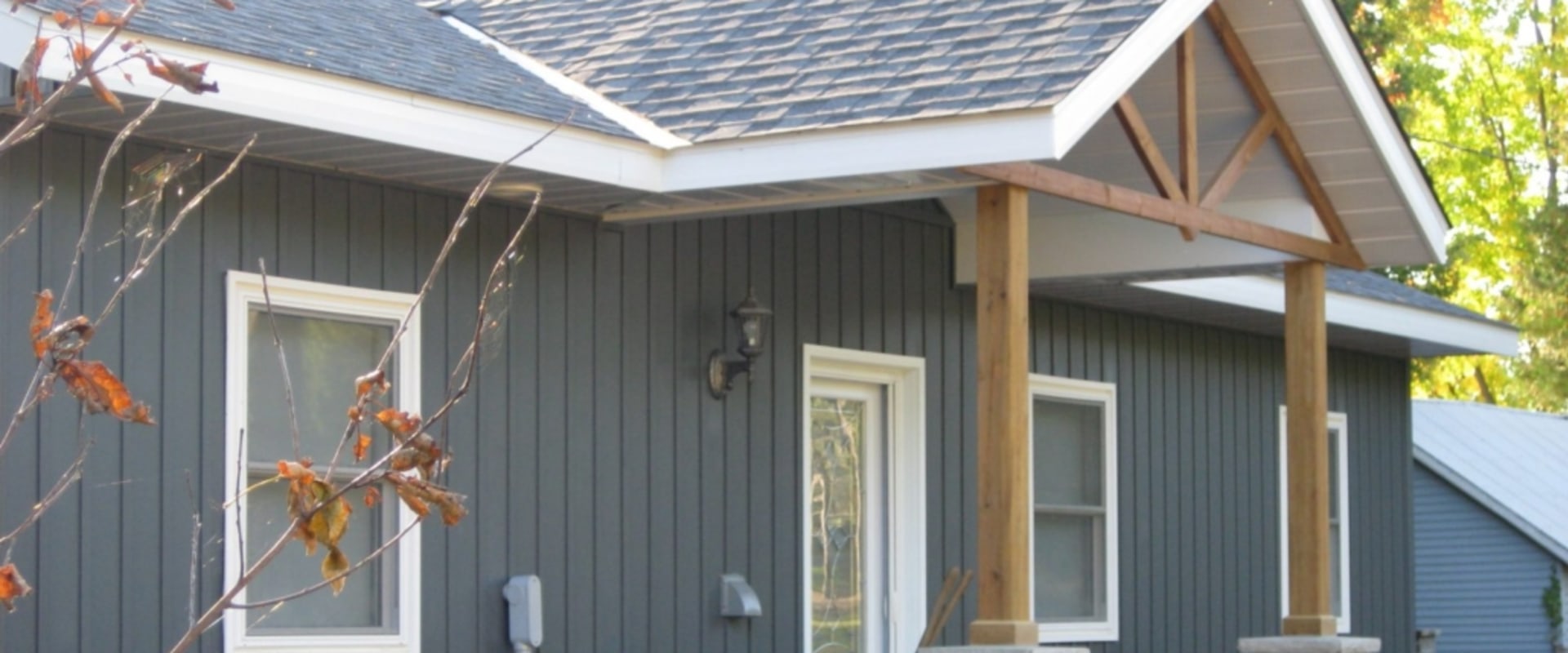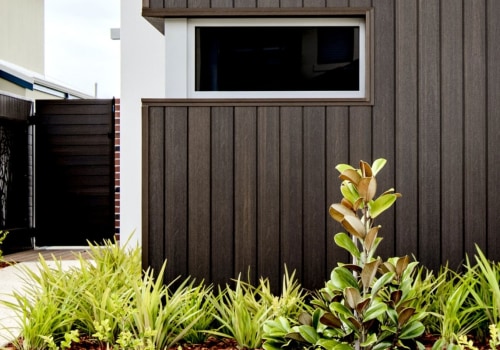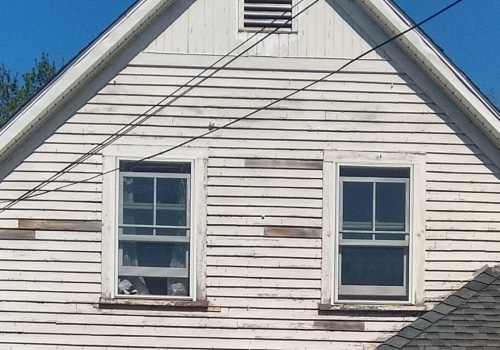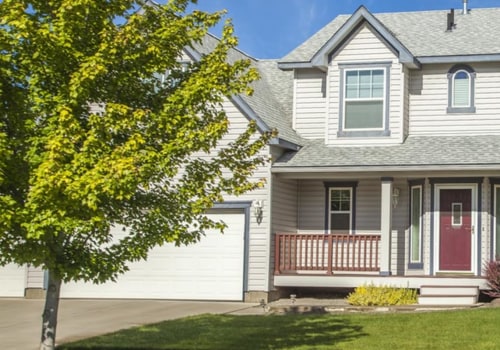Vinyl siding is a durable form of plastic outer wrap for a home, used for both aesthetics and waterproofing. In essence, both vinyl and polymer are plastics. However, the main difference lies in what type of plastic they are.
Vinyl siding
is made of polyvinyl chloride, also known as PVC.Meanwhile, the polymer coating is made of polypropylene resin. At first glance, these two differences are difficult to discern, so you will see that both terms are used interchangeably even if they are not exactly the same. Vinyl and polymer coatings are essentially plastic. The difference between them lies in the type of plastic.
The vinyl siding is made of polyvinyl chloride (PVC), while the polymer coating is made of polypropylene resin. Because of their similar composition, vinyl and polymer coatings are often referred to interchangeably. But, they are not the same. Vinyl and polymer are plastics at their base.
However, the key difference is the type of plastic used. PVC, or polyvinyl chloride, is used to make vinyl siding. Vinyl siding is a durable form of plastic that is commonly used in the exterior of homes. When applied effectively, a painted vinyl siding will look better, last longer and save you money, but the opposite is also true.
The only way to ensure that your vinyl siding serves you well and that the extra care extends its lifespan is to have your outdoor needs addressed by an experienced local professional. Today's vinyl siding comes in different styles and designs to meet the needs of each homeowner and are sturdy enough to withstand the elements. If managing heat flow and making your home greener is a concern for you, then you'll want to consider insulating vinyl siding in the future. Vinyl insulation coating will generally be more expensive because there is more material in the product.
In the following decade, vinyl siding grew steadily largely due to its durability, versatility and ease of maintenance. While vinyl siding is a very durable material with extensive benefits for the property and homeowner, it does require a professional touch. If your vinyl siding is a lighter shade and you apply a very dark paint, you will notice that the vinyl siding will begin to absorb more heat and this can cause warping and other disfigurement. Vinyl siding is well-loved for being versatile and affordable, but polymer siding is a fairly new material on the market and is becoming very popular for the same reasons.
Preserve Your Budget: Instead of replacing your vinyl siding when it has faded and isn't attractive, a paint job will only cost a fraction of the replacement costs and many paint jobs come with guarantees. Although vinyl siding actually requires putty to seal joints where liner J (edge where the slip slides) is attached to windows and doors. If you remove the old vinyl siding and install a new one and the old one is still in good condition, you can still reuse it in other housing projects or take it to the nearest construction reuse center, where it can be used by other homeowners. Polymer coating options can be harder to find than premium vinyl products, which can make the choice even easier for you and your wallet.
Incorrect installation or vinyl siding, which is considered to be of poor quality, will negatively affect this benefit. .





Leave Reply